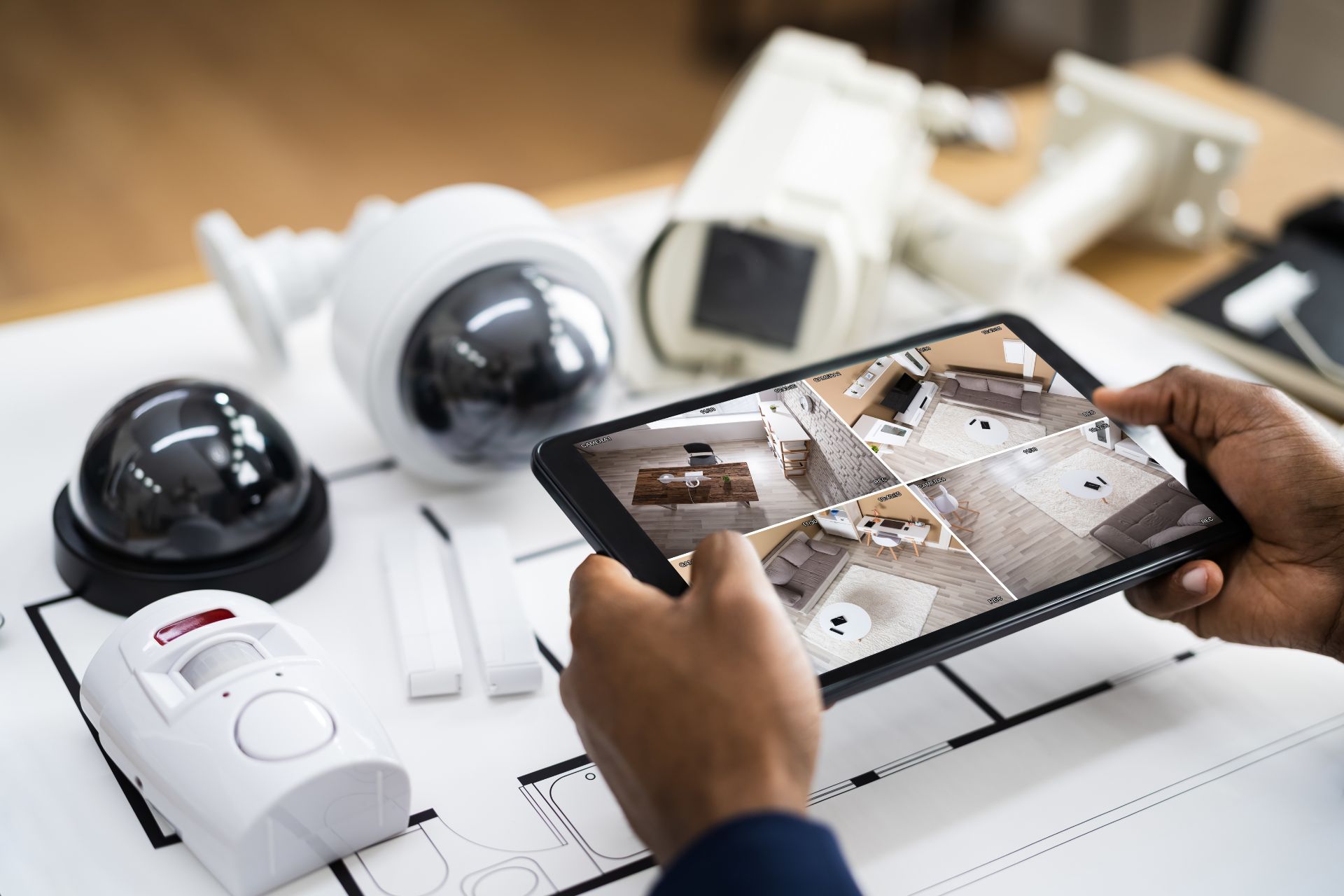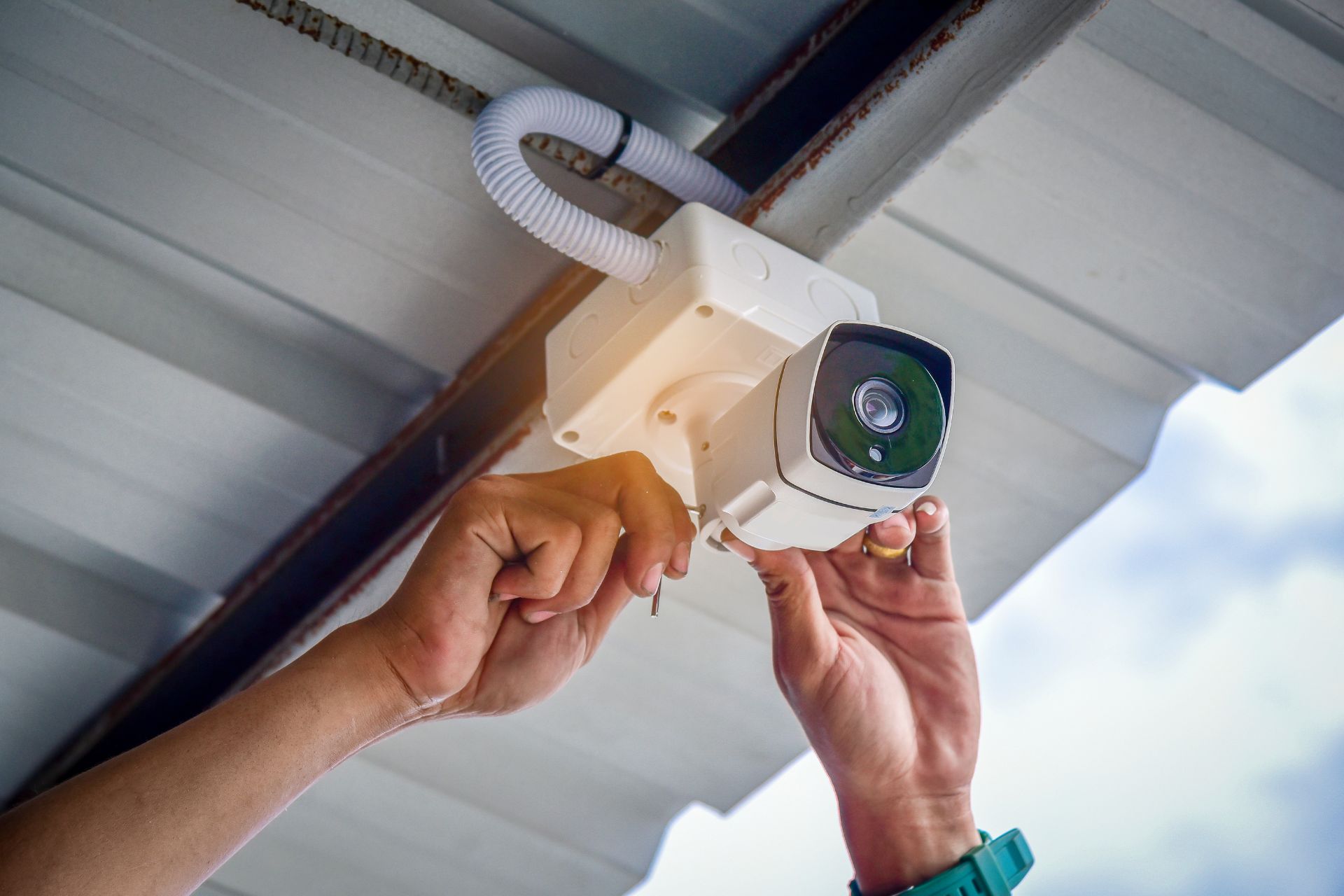Frequently Asked Questions
Effective monitoring of parking lots requires strategic camera placements to ensure comprehensive surveillance and security. Cameras should be positioned at key entry and exit points to capture vehicle license plates and monitor traffic flow, while also being installed at elevated angles to provide a wide field of view across the entire lot. Utilizing corner placements can help eliminate blind spots, allowing for the observation of pedestrian pathways and potential loitering areas. Additionally, integrating pan-tilt-zoom (PTZ) cameras can enhance the ability to track suspicious activities or incidents in real-time. It is also beneficial to place fixed cameras near payment kiosks and high-traffic zones to deter theft and vandalism, while ensuring that lighting conditions are optimal for capturing clear footage, especially during nighttime hours. By employing a combination of fixed and mobile surveillance systems, parking lot security can be significantly improved, providing a safer environment for both vehicles and patrons.
To ensure that surveillance cameras are weatherproof and durable for outdoor use, one must consider several critical factors, including the IP (Ingress Protection) rating, which indicates the camera's resistance to dust and moisture. Cameras with a minimum IP66 rating are recommended, as they are designed to withstand heavy rain, snow, and extreme temperatures. Additionally, selecting models constructed with robust materials such as high-grade polycarbonate or aluminum housing can enhance durability against environmental stressors like UV radiation and corrosion. The inclusion of features such as a built-in heater or fan can further protect the internal components from temperature fluctuations, while the use of weather-resistant cables and connectors ensures reliable connectivity. Furthermore, investing in cameras with a wide operating temperature range and anti-vandalism features, such as reinforced glass or tamper-proof screws, can significantly increase their longevity and effectiveness in various outdoor conditions. Regular maintenance, including cleaning the lenses and checking for any signs of wear, is also essential to maintain optimal performance over time.
When considering the installation of surveillance cameras in public areas near a business, several legal considerations must be taken into account to ensure compliance with privacy laws and regulations. Business owners should be aware of federal and state laws governing video surveillance, which often include stipulations regarding the expectation of privacy in public spaces. It is crucial to understand the implications of the Fourth Amendment, which protects against unreasonable searches and seizures, as well as any applicable state statutes that may impose restrictions on audio recording, as many jurisdictions require consent for recording conversations. Additionally, signage indicating the presence of surveillance cameras may be necessary to inform the public, thereby promoting transparency and mitigating potential legal liabilities. Furthermore, businesses should consider the implications of data protection laws, such as the General Data Protection Regulation (GDPR) in Europe or similar regulations in other jurisdictions, which govern the collection, storage, and use of video footage. Engaging with legal counsel to navigate these complexities can help ensure that the installation of surveillance systems aligns with ethical standards and legal requirements, thereby safeguarding the business against potential lawsuits or regulatory penalties.
Determining the optimal resolution and field of view (FOV) for outdoor surveillance cameras involves a careful analysis of several critical factors, including the specific surveillance objectives, the area to be monitored, and the environmental conditions. High-definition resolutions, such as 1080p or 4K, are essential for capturing detailed images that allow for facial recognition and license plate identification, particularly in high-traffic zones or entry points. The field of view should be selected based on the layout of the surveillance area; wide-angle lenses (e.g., 90 to 120 degrees) are ideal for expansive outdoor spaces, while narrower angles (e.g., 30 to 60 degrees) are more suitable for focused monitoring of specific locations, such as doorways or parking lots. Additionally, considerations such as lighting conditions, weather resistance, and the presence of obstructions must be factored in, as these elements can significantly impact the effectiveness of the camera system. Employing features like infrared night vision and motion detection can further enhance surveillance capabilities, ensuring comprehensive coverage and optimal performance in various outdoor environments.
Integrating surveillance cameras with existing security systems requires a strategic approach that enhances overall security while ensuring seamless functionality. Best practices include conducting a comprehensive security assessment to identify vulnerabilities and determine optimal camera placement, which should encompass high-traffic areas, entry points, and blind spots. Utilizing IP cameras with high-resolution capabilities and advanced features such as motion detection, night vision, and remote access can significantly improve surveillance efficacy. Additionally, ensuring compatibility with existing alarm systems, access control mechanisms, and video management software is crucial for creating a cohesive security infrastructure. Implementing robust network security measures, such as encryption and secure Wi-Fi protocols, protects against unauthorized access and cyber threats. Regular maintenance and updates of both hardware and software components are essential to sustain performance and adapt to evolving security challenges. Finally, training personnel on the effective use of integrated systems fosters a proactive security culture, enabling timely responses to incidents and enhancing overall situational awareness.

